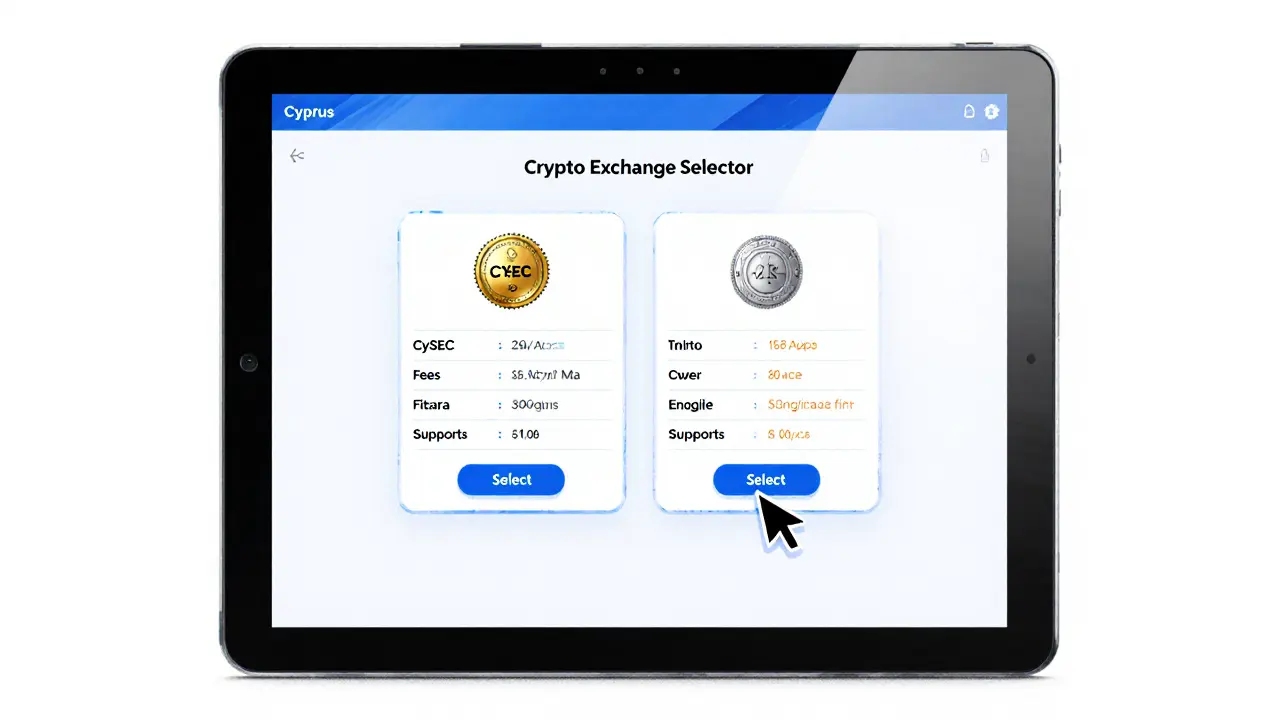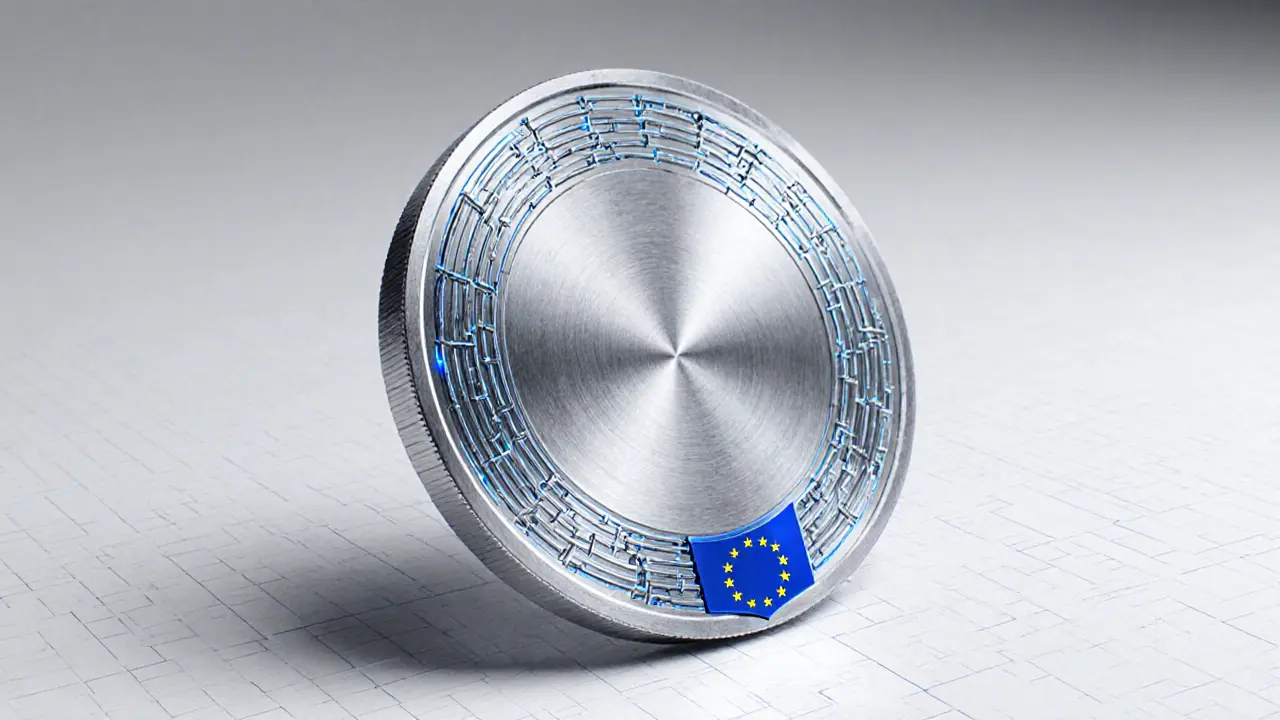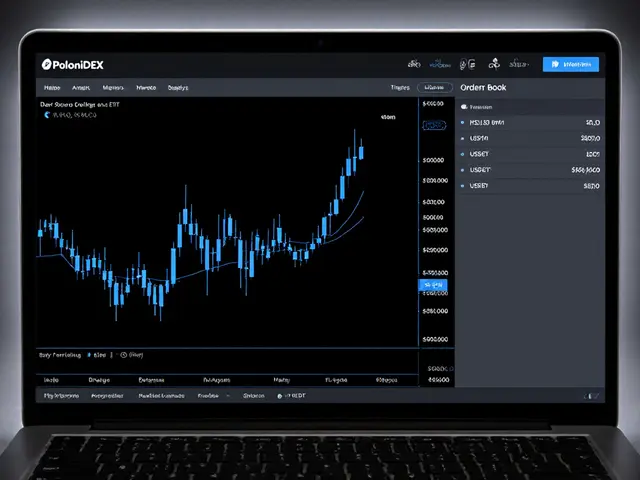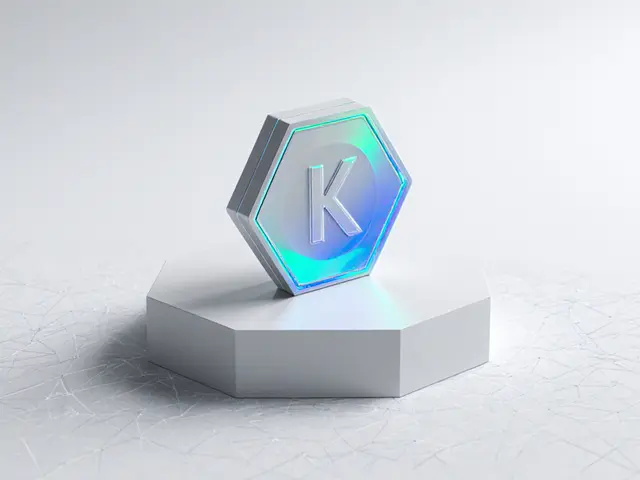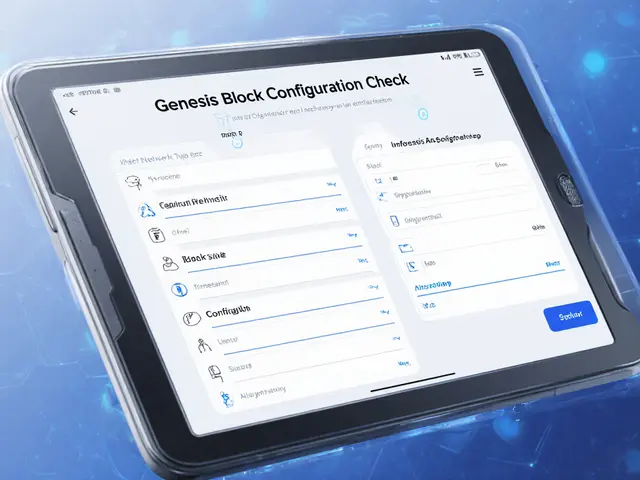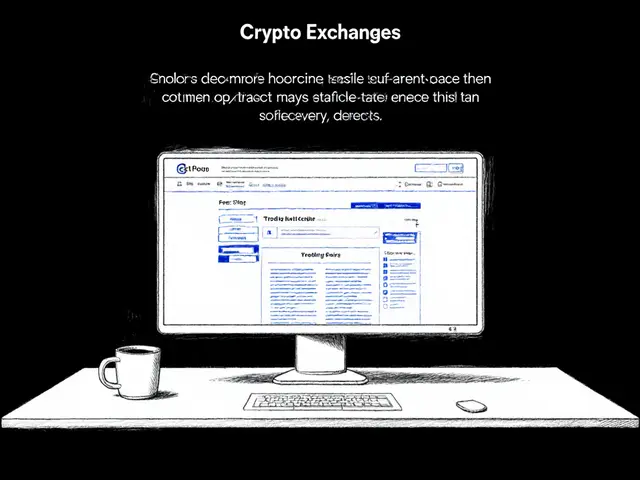MiCA – The EU’s New Crypto Regulation Explained
When working with MiCA, the Markets in Crypto‑Assets Regulation that standardises rules for crypto assets, service providers and stablecoins across the European Union. Also known as EU Crypto Act, it is designed to protect investors while giving innovators a clear legal path.
MiCA sits at the centre of a broader crypto regulation, the collection of laws and guidelines that govern how digital assets are issued, traded and taxed worldwide. In practice, the EU framework pulls in concepts from existing financial directives, adds new requirements for token classification, and forces every crypto‑service provider to adopt a VASP license, a registration that proves a business meets anti‑money‑laundering, capital, and consumer‑protection standards. The result is a three‑layer system: asset classification, service‑provider licensing, and market‑wide transparency.
Key Components and How They Connect
First, MiCA classifies crypto assets into three buckets – utility tokens, asset‑referenced tokens and e‑money tokens – each with its own risk profile. This classification influences the licensing process because VASP authorities must verify that a provider’s business model matches the token type it handles. Second, the regulation requires robust consumer‑protection measures, such as clear white‑papers and dispute‑resolution mechanisms. Third, it sets capital‑reserve thresholds that tie directly to market‑wide stability, meaning that a breach can trigger supervision from national financial authorities.
Why does this matter for traders and developers? If you run a crypto exchange, you’ll need to file a VASP application in the country where you operate, follow MiCA’s disclosure rules, and keep a capital buffer proportional to your trading volume. For token issuers, the classification step determines whether you can market your token to retail investors or must limit sales to qualified buyers. And for miners, the new stability requirements may affect how mining pools are treated under EU law, especially when they provide services to regulated exchanges.
MiCA also ripples beyond the EU. Many non‑European jurisdictions—like the UAE’s 2025 licensing framework and Indonesia’s Bappebti oversight—are watching the EU model and adapting similar rules. The result is a growing global consensus: crypto businesses that meet MiCA standards are more likely to gain cross‑border approval, while those that ignore it risk being locked out of lucrative markets.
Our collection below reflects this ecosystem. You’ll find in‑depth reviews of exchanges that have passed VASP checks, breakdowns of licensing steps in different regions, analysis of mining bans that intersect with MiCA’s stability goals, and guides on how airdrops fit into the new compliance landscape. Whether you’re a trader, developer, or compliance officer, the articles ahead give you practical tools to navigate the evolving world of crypto regulation.
How Cypriots Access Cryptocurrency Exchanges in 2025
Learn how Cypriots legally access crypto exchanges, from regulatory basics and licensing to step‑by‑step sign‑up, payment methods, tax benefits, and security tips.
View MoreEU Stablecoin Restrictions 2025: How MiCA Impacts USDT & Other Tokens
Learn how MiCA's EU stablecoin restrictions affect USDT and other tokens, what CASPs must do, and how to stay compliant in 2025.
View More